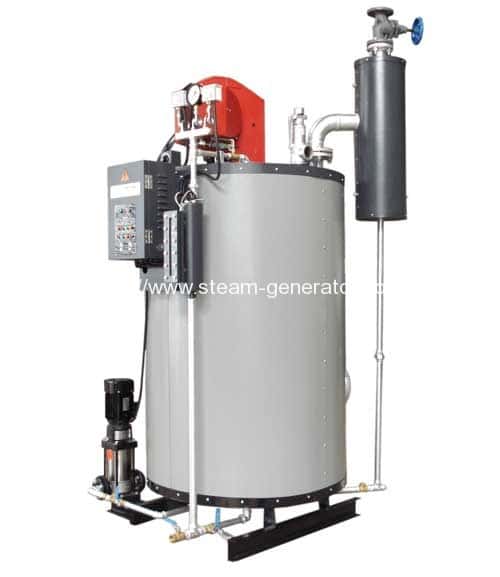How does Water Tube Boiler Work
A water tube boiler is a type of boiler in which water circulates in
tubes heated externally by the fire. Fuel is burned inside the furnace,
creating hot gas which heats water in the steam-generating tubes. In
smaller water tube boilers, additional generating tubes are separate in
the furnace of the water tube boiler, while larger utility boilers rely
on the water-filled tubes that make up the walls of the furnace to
generate steam.
The heated water then rises into the steam drum. Here, saturated steam
is drawn off the top of the drum. In some services, the steam will
reenter the furnace through a superheater to become superheated.
Superheated steam is defined as steam that is heated above the boiling
point at a given pressure. Superheated steam is a dry gas and therefore
used to drive turbines, since water droplets can severely damage turbine
blades.
In the water tube boiler cool water at the bottom of the steam drum
returns to the feedwater drum via large-bore ‘downcomer tubes’, where it
pre-heats the feedwater supply. (In ‘large utility boilers’, the
feedwater is supplied to the steam drum and the downcomers supply water
to the bottom of the waterwalls). To increase economy of the boiler,
exhaust gases are also used to pre-heat the air blown into the furnace
and warm the feedwater supply. Such water tube boilers in thermal power
station are also called steam generating units.
Read More: Water Tube Gas Fired Steam Boilers


